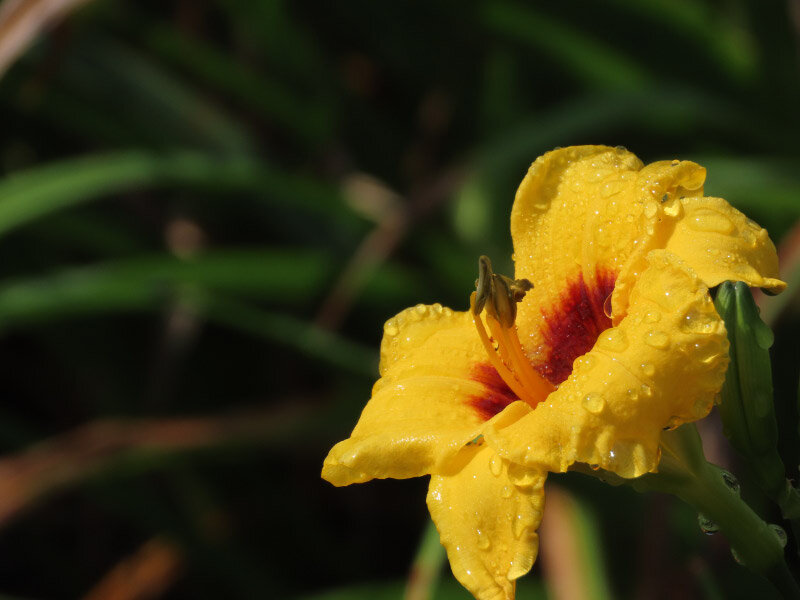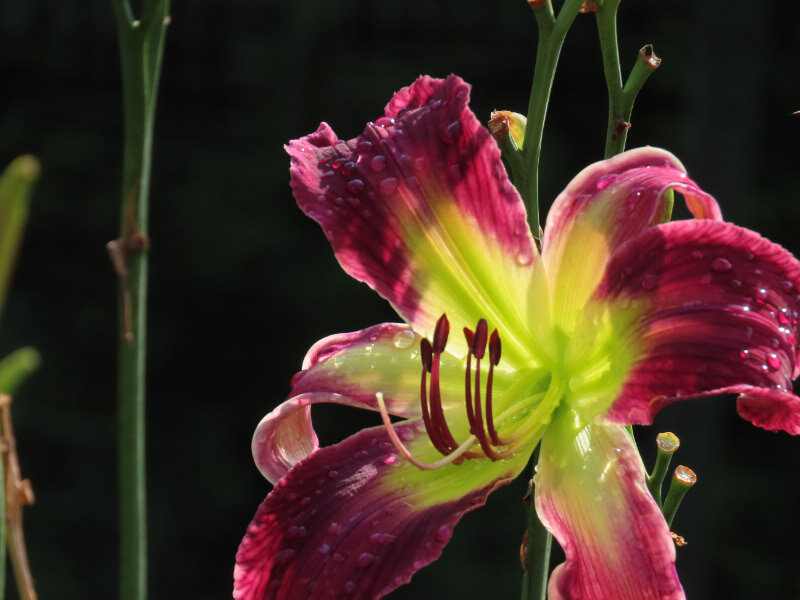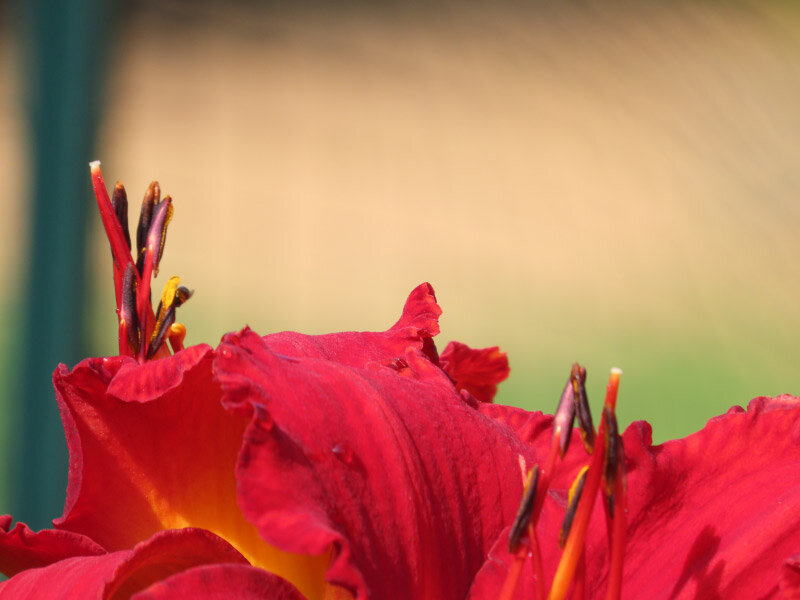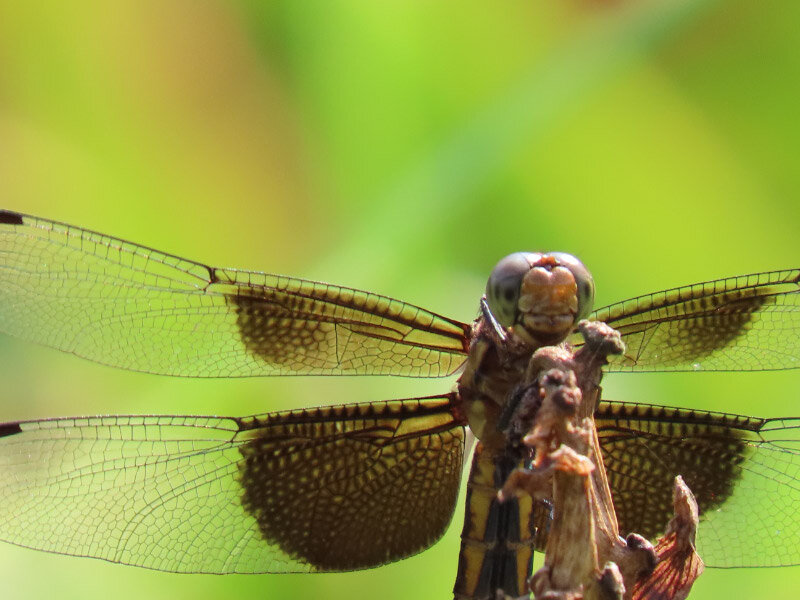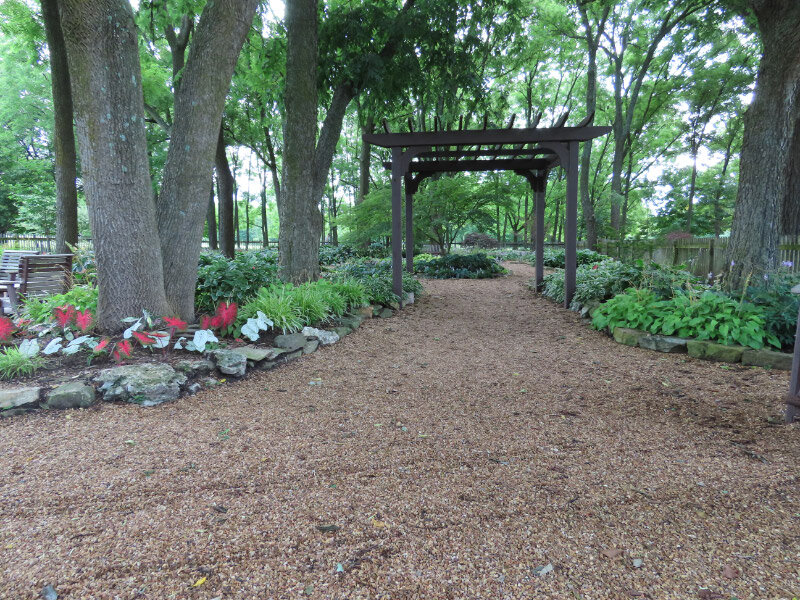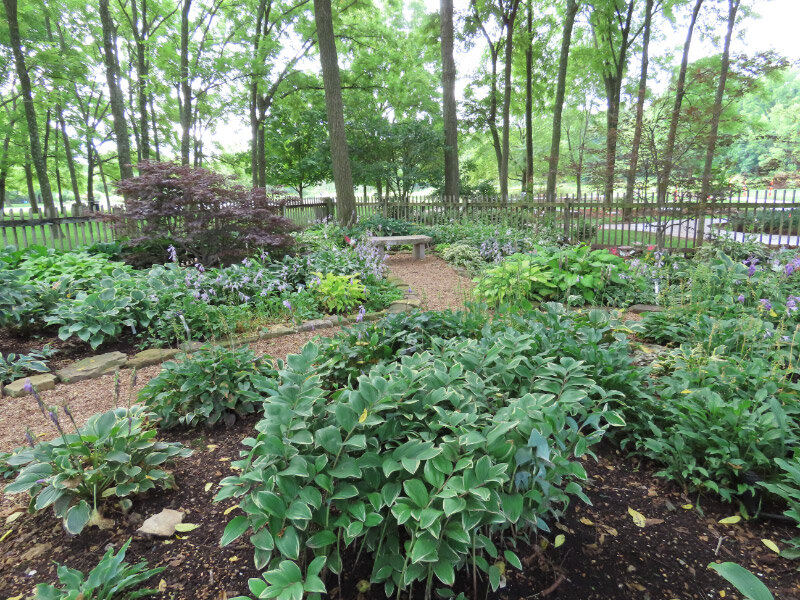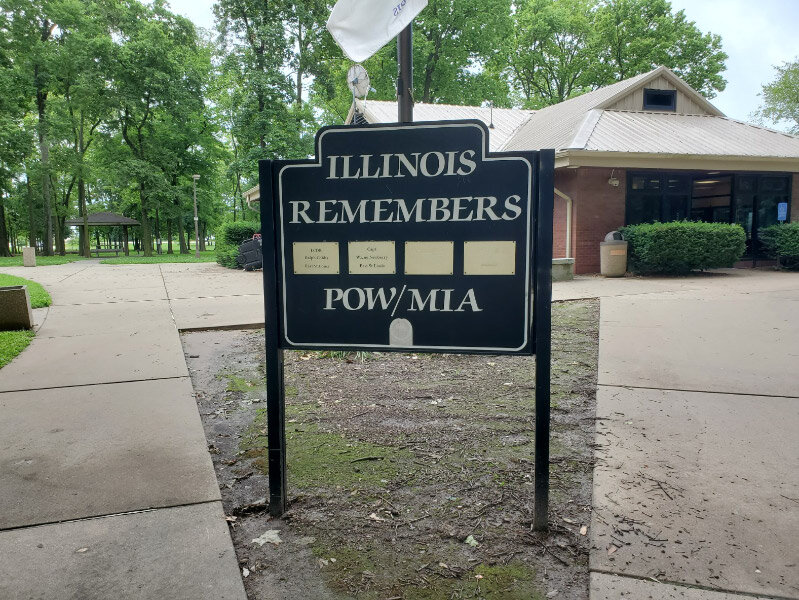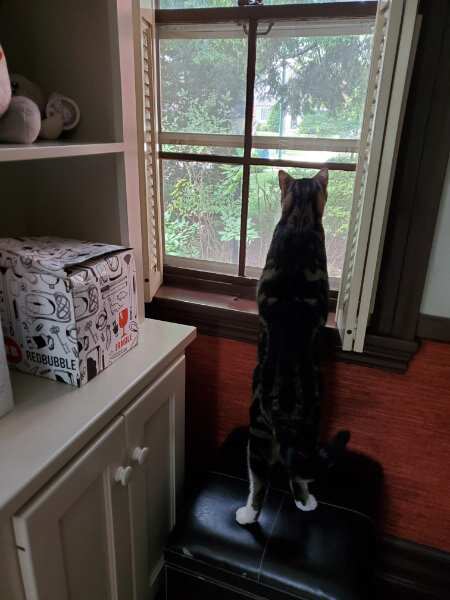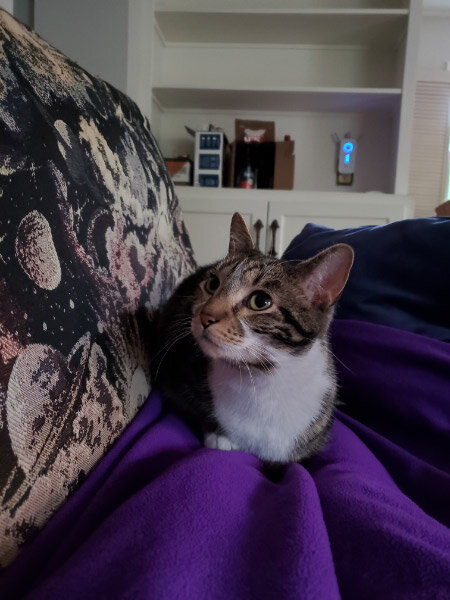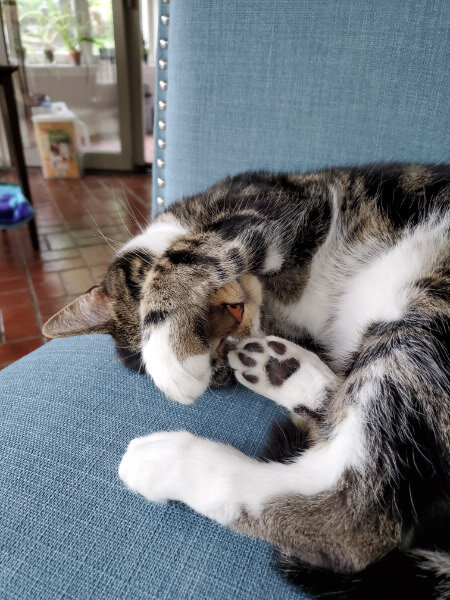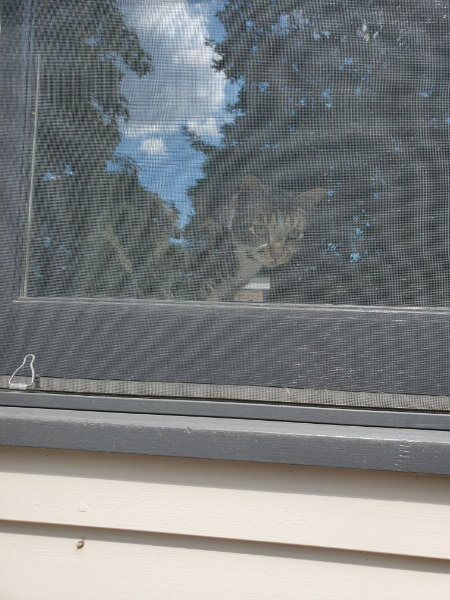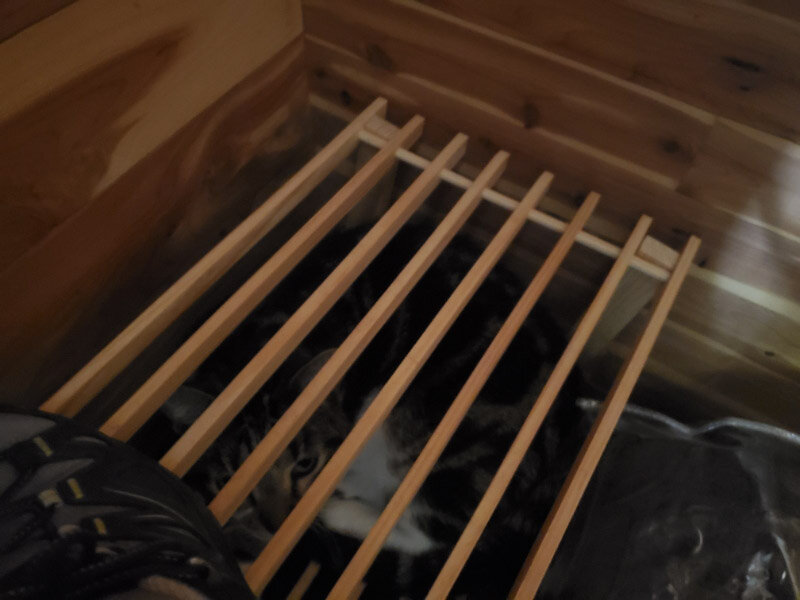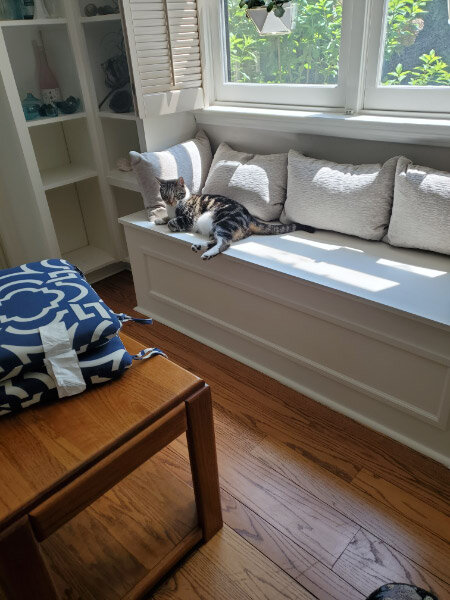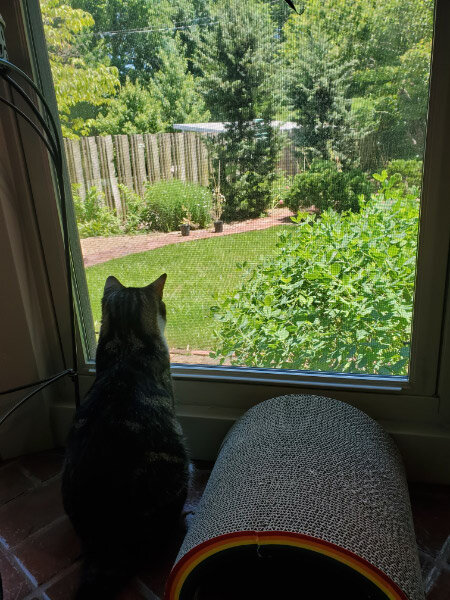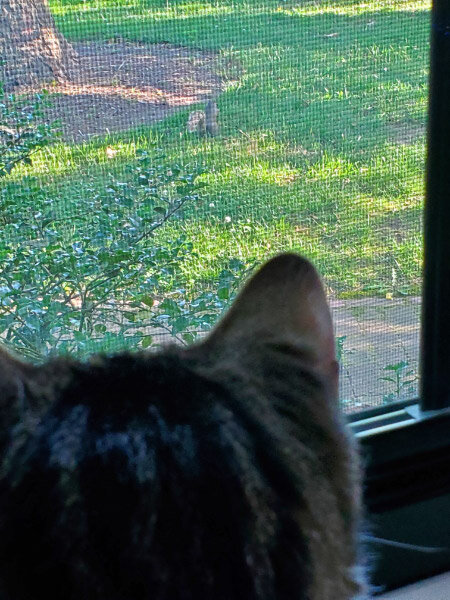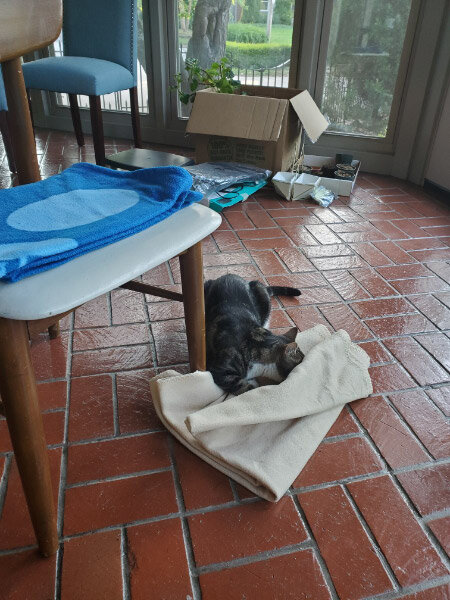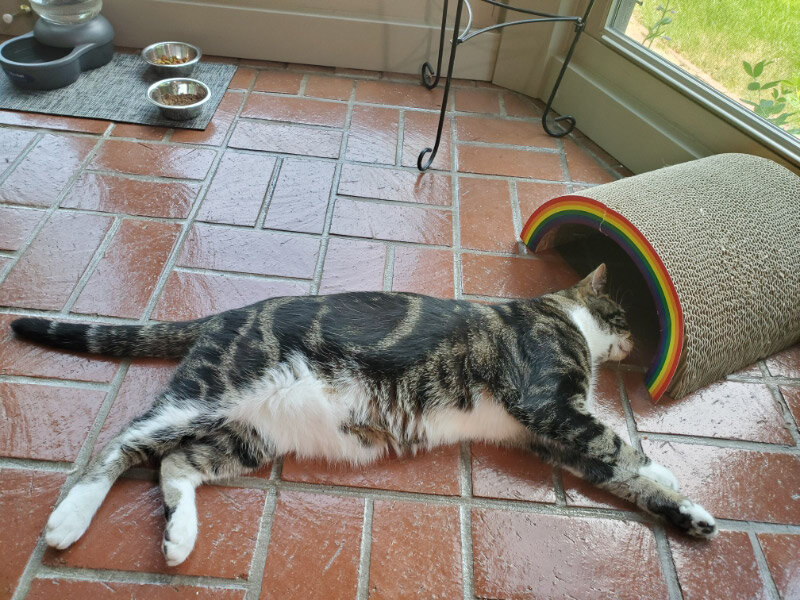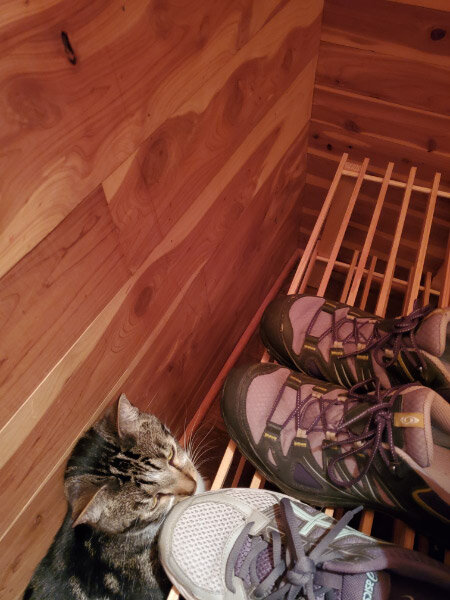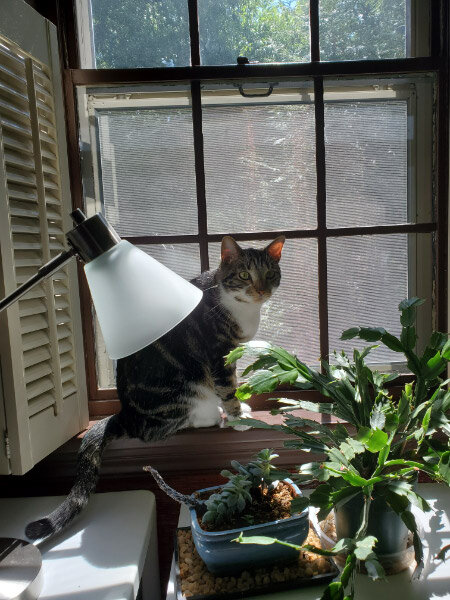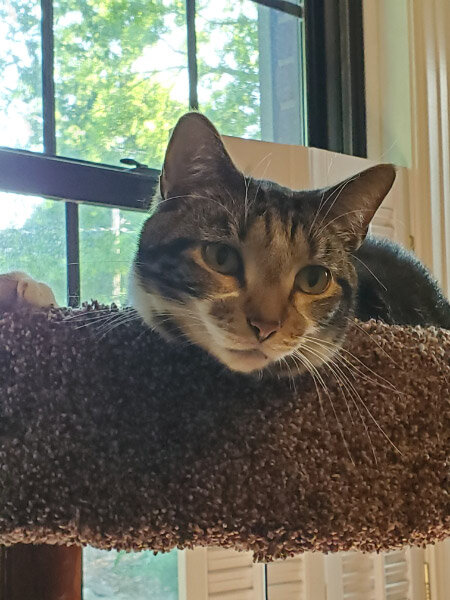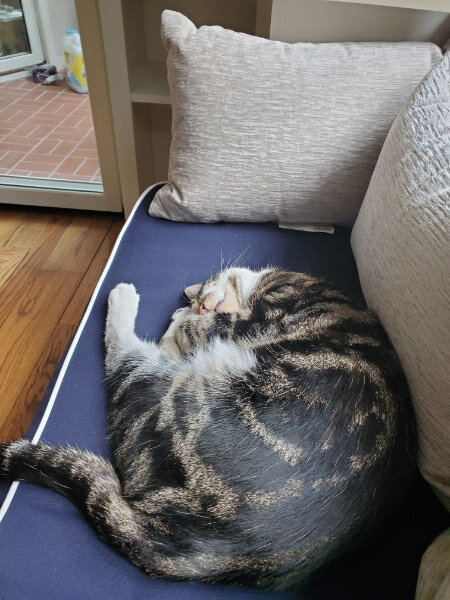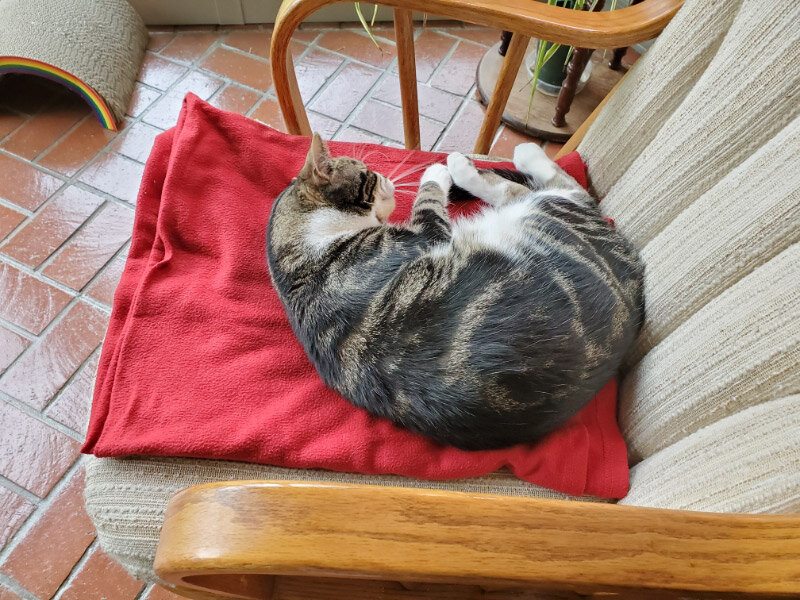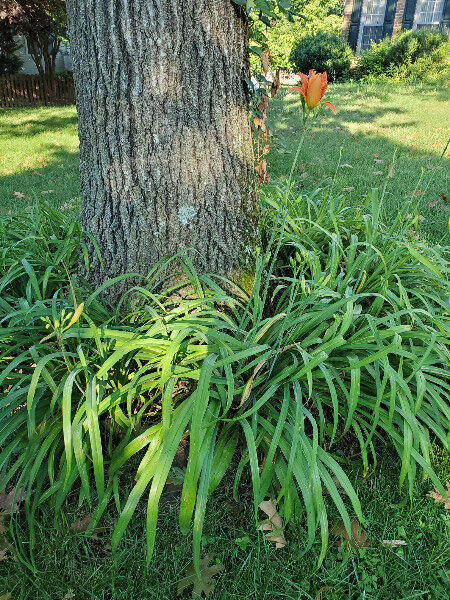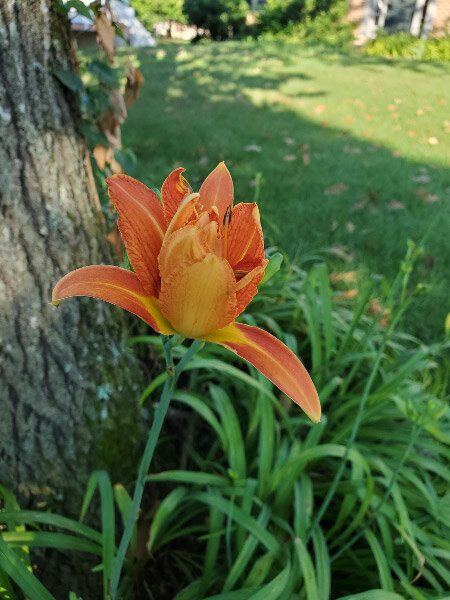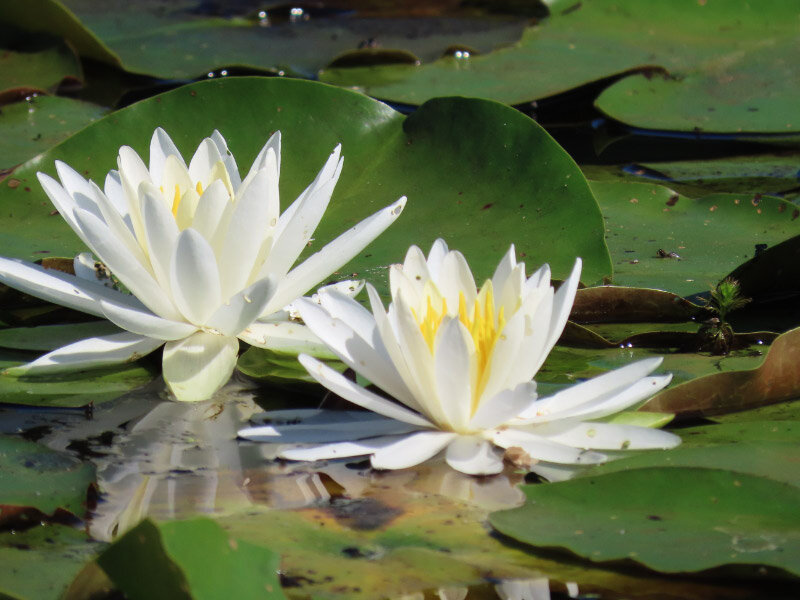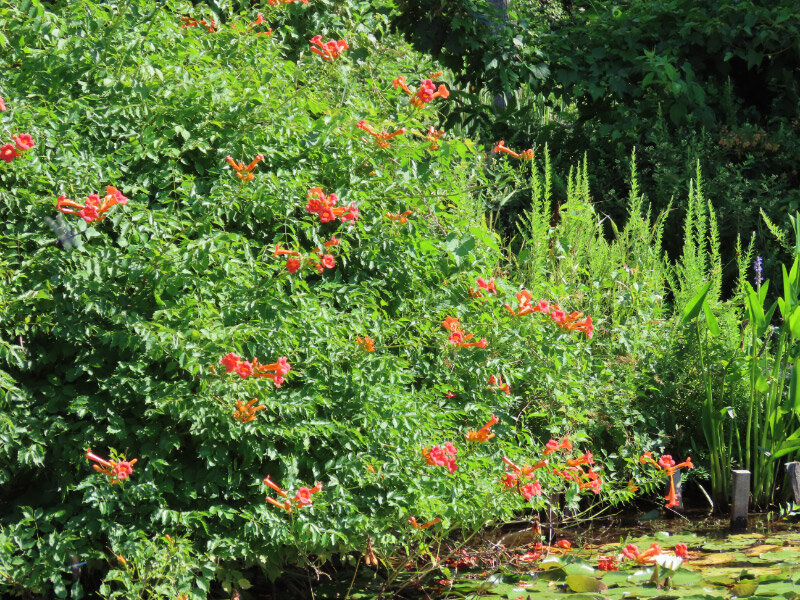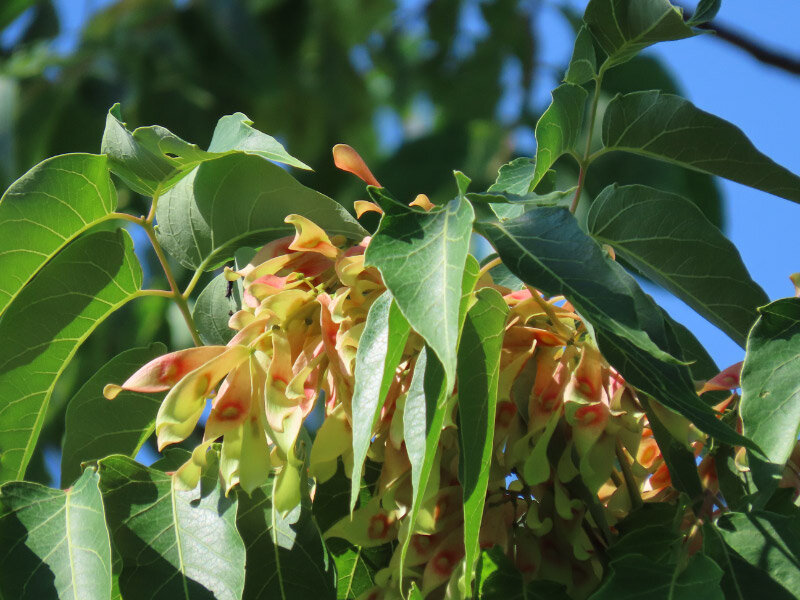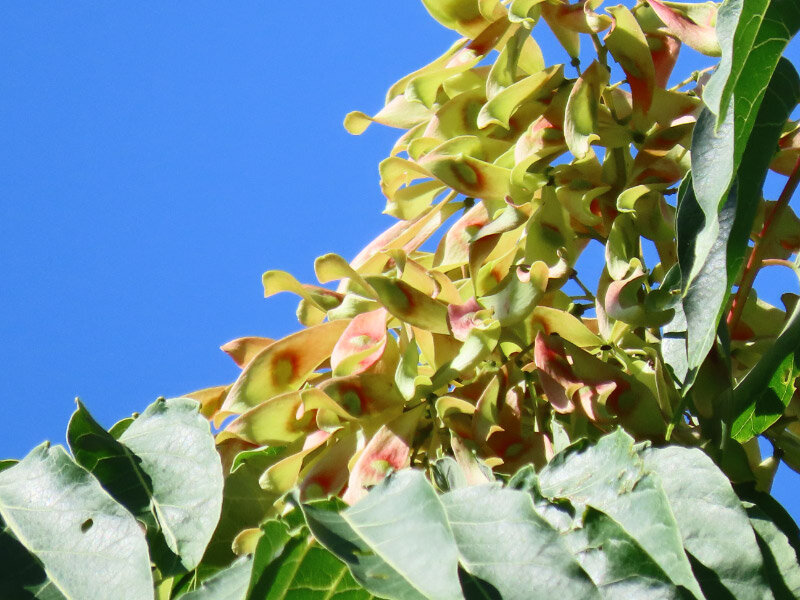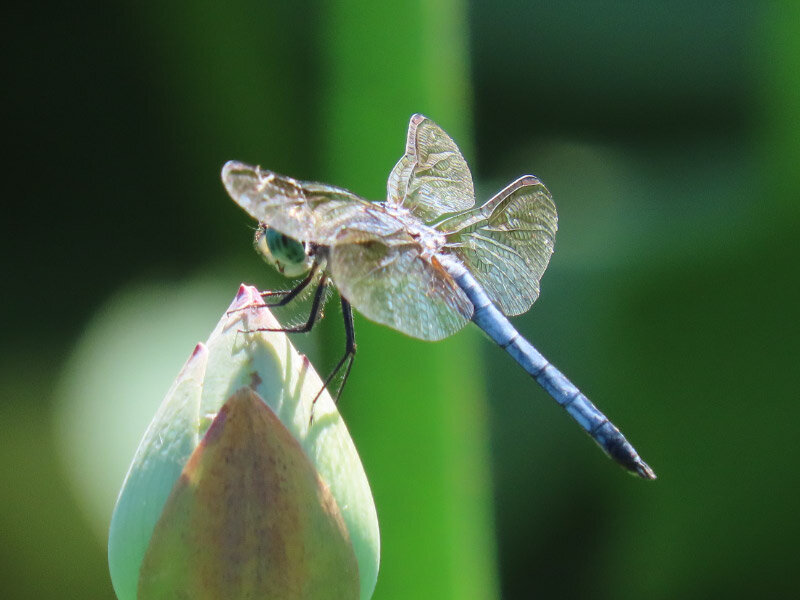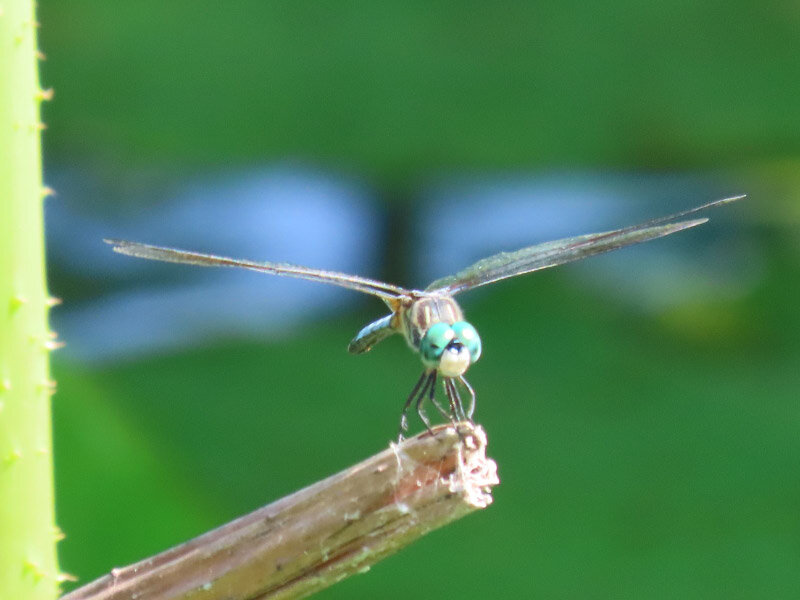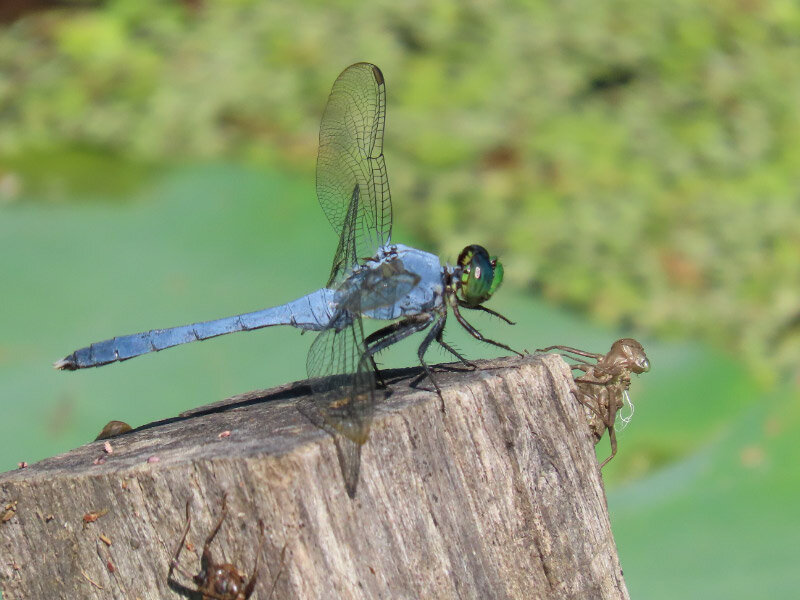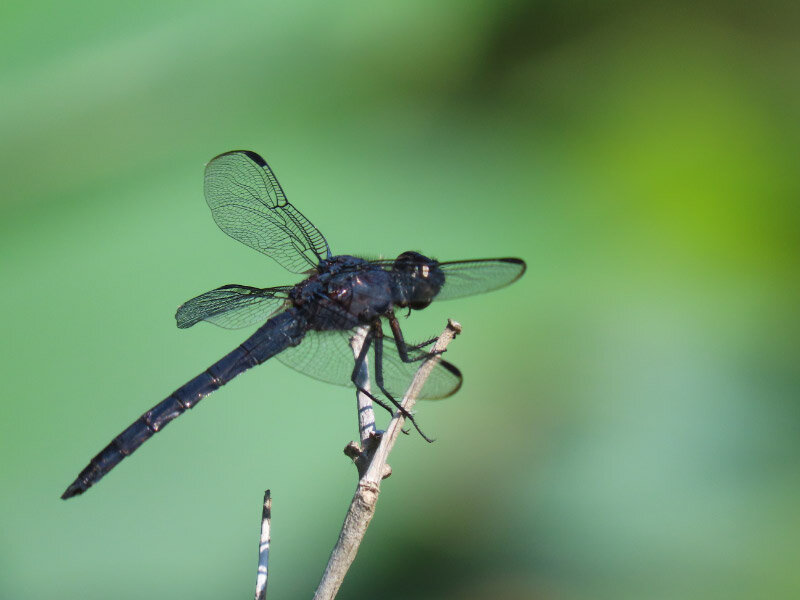Gleanings of the Week Ending July 24, 2021
/The items below were ‘the cream’ of the articles and websites I found this past week. Click on the light green text to look at the article.
Night Sky Celebrations Across the National Park System – We’re not doing this kind of traveling this summer….but maybe we’ll do several of these ‘star parties’ in summer 2022.
Tooth loss associated with increased cognitive impairment – Another reason to not neglect going to the dentist! It’s not just about preserving cognitive impairment either….quality of life is a big motivation as well.
Top 25 birds of the week: Seabirds – From around the world…a few I’ve seen in North America.
Mucus and mucins may become the medicine of the future – There is still a lot to learn about how this might work….but it appears that this is an opportunity to treat disease by enhancing the mechanisms already used by the body. Maybe one of the first uses will be for eye drops to treat eye infections rather than the antibiotics used today.
Protect Pollinators – reform pesticide regulations – Hopefully the action requested by these scientist from around the world will happen…our ecosystems are having enough challenge dealing with climate change. Many pollinator species won’t survive the continued threat of status quo pesticide use.
Keeping your composure: Creative Ways to Compose Your Photographs (part 1, part 2, part 3) – Always good to browse through these kinds of tutorials…pick up some new ideas, celebrate the things you are already doing.
What to do with food waste? – It doesn’t appear than there is any one strategy that will work broadly. I’m glad I have already dramatically reduced food waste and then have a large enough yard to have a compost bin.
Waterfalls of North Carolina – A few years ago, my husband and I made a waterfall themed trip to New York. It seems that North Carolina would be another state that has a lot of opportunities for waterfall photography. Maybe next spring?
Creativity Myths – A recent ‘letter’ on The Painter’s Keys website. I enjoy the twice-weekly blurbs that appear in my inbox (free subscription) and often follow the ‘click here to read more’ link.
Exposure to light with less blue before sleep is better for energy metabolism – I already change the color balance on my PC screens to ‘nightlight’ between sundown and sunrise. Maybe we will do more eventually based on this and subsequent research. It is probably true that no one should be watching a television screen just before going to bed!












